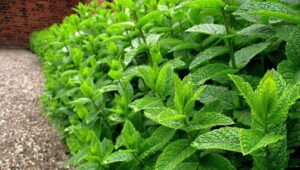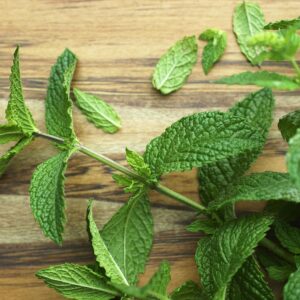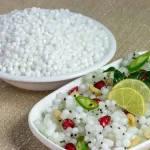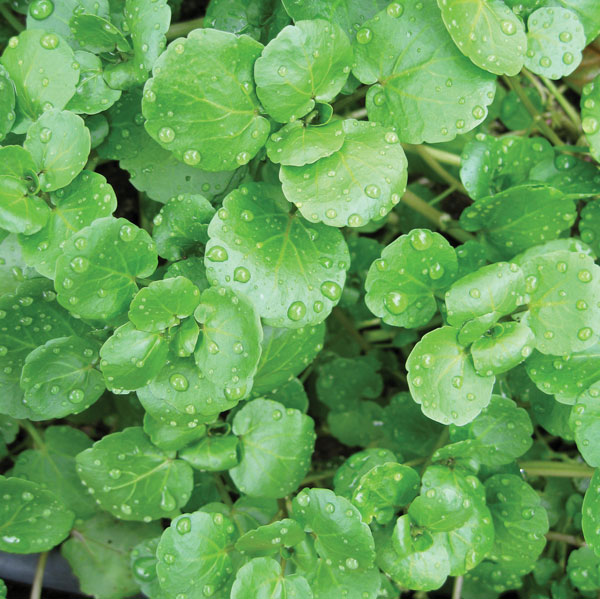Important Health Benefits of Peppermint
The tea or oil of this medicinal plant provides enormous health benefits of peppermint. Just as juniper is one of the plants for the urinary system, peppermint on the other hand, is one of the plants for the digestive system.
One of the health benefits of peppermint is that is eases pain which is why it is recommended for those who are suffering from migraine or insomnia.
There are quite a good number of species and varieties of peppermint that being cross pollinated preserve their medicinal value.

It is an herbaceous plant of the Labiatae family, with quadrangle, violet stem growing from 40 to 80 cm in height. The flower clusters are violet or pink and also grow in terminal spikes.
The part of the plant used for medicinal purposes are the flowers clusters and leaves.
The plant affects the following:
- Kidneys
- Intestines
- Veins
- Skin
Properties of Peppermint
This medicinal plant contains about 3% of an essence that is made up of complex composition with more than 1000 components.
Alcohol is one those to which the plant owes many of its enormous properties. They include:
- Digestive
- Carminative (eliminates intestinal gas as well as putrefaction)
- Antiseptic
- Analgesic
- Choleretic
- Aromatic
- Diaphoretic
Other properties include: stimulant, antispasmodic, invigorating and also aphrodisiac mostly in high doses.
The essence also contains polyphenolic substances with antiviral properties on the A hepatitis virus.
Here are the health benefits of peppermint
Internally, the benefits of peppermint are seen in the treatments of intestinal gas, headaches, dyspepsia, migraines. It is also recommended for digestive comics and spasms, gastric atony, type A hepatitis, as well as physical exhaustion.

One of the health benefits of peppermint can be seen its external applications. This is because a massage with its essence in alcoholic dissolution alleviate or eliminate rheumatic and muscular aches, even neuralgia.
Peppermint slightly anesthetizes mucous membranes and even the gastrointestinal tract.
As stated above, among the health benefits of peppermint are its treatments for muscle spasms, insomnia, menstrual cramps, headache, nausea, nervous disorders, morning sickness, colic, fevers, diarrhea, dysentery, heart trouble etc.
This medicinal plant increases stomach acidity, aiding digestion, and it’s quite useful for irritable bowel syndrome.
Another external application is that its leaves make a cooling and slightly anodyne application. They can also be used into bath additive for itching skin conditions.
Another among the health benefits of peppermint is that it is used for toothache and also for local anesthetic to pain and inflamed joints.
Peppermint tea is a good substitute for coffee or tea.
Preparation and Use
- Infusion with 10 – 20 grams of leaves and flower clusters per liter of water. Drink from 3 – 5 cups on a daily.
- Tincture: Take 30 – 60 drops 3 times a day
- Fluid extract: Take ½ – 2 teaspoons 3 times a day
- Oil: Take 5 – 10 drops 3 times daily
- Powder: Take up to 10 #0 capsules 3 times a day.
- Compresses and lotion, applied with the essence or with menthol alcohol.
SEE MORE POSTS HERE

A graduate of Computer Science and Information Management Technology. Diploma – Caregiving, Certificates – Dementia and Diabetes Awareness and Management. A researcher, blogger, songwriter, singer and acoustic guitarist. Born in an environment where natural talents such as healing are imparted at our natural birth. This natural talents of healing is the result of our genetic inheritance and the training from family environment.













